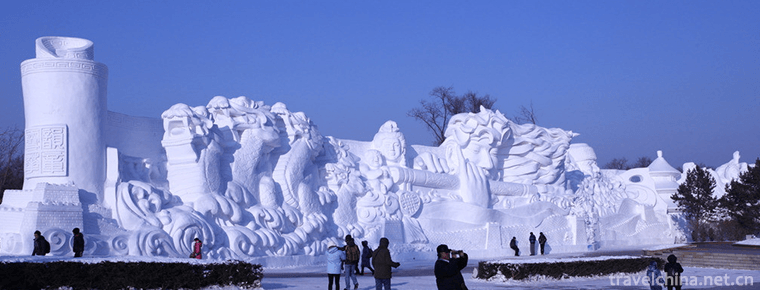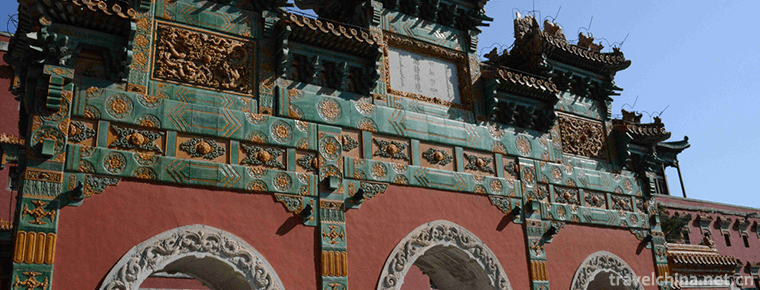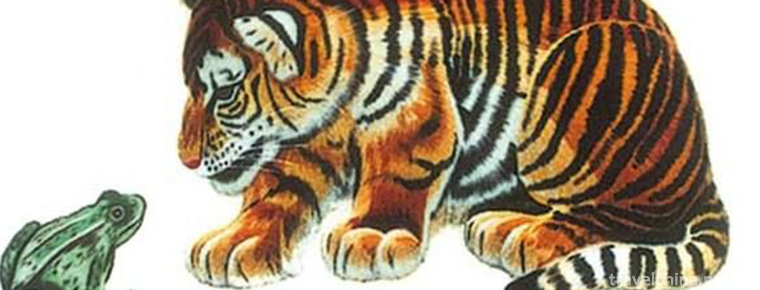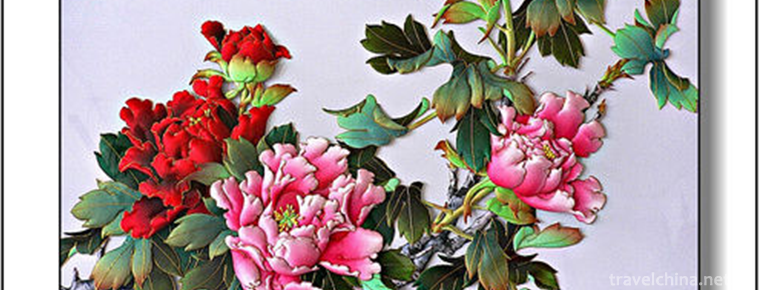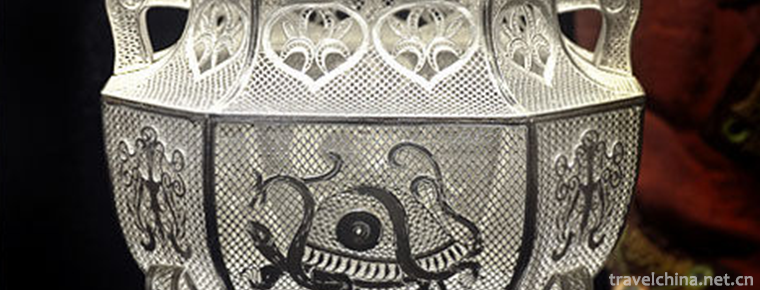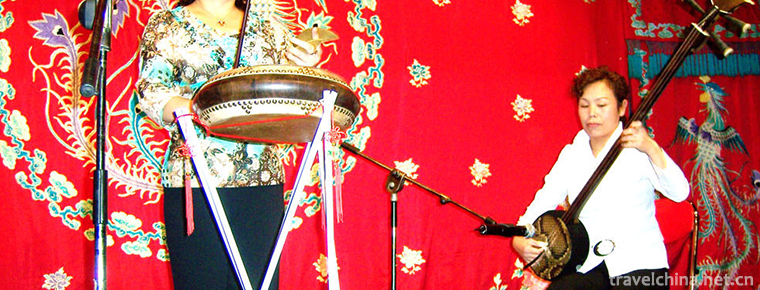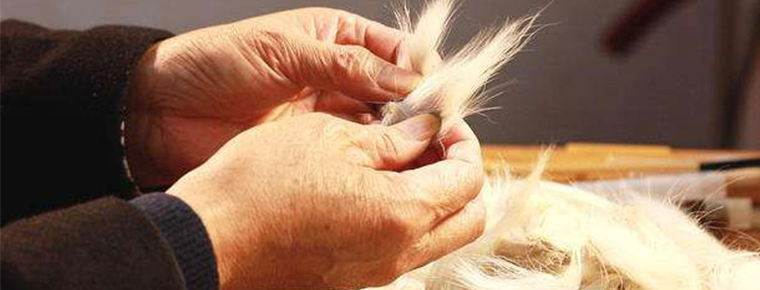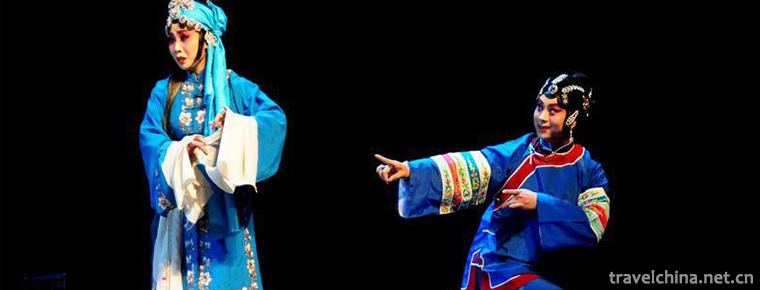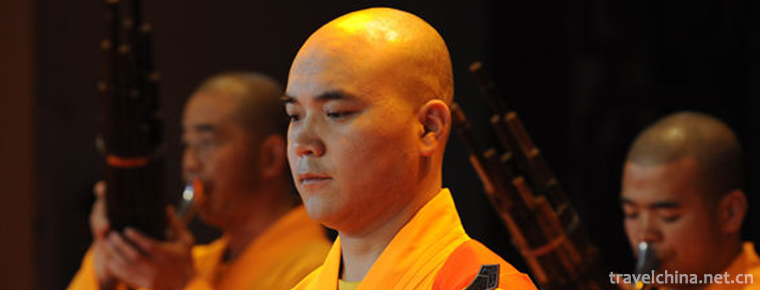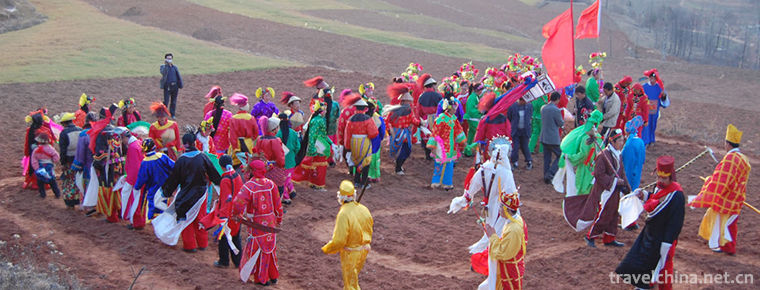Miyaro scenic spot
Miyaro scenic spot
Miyaro, translated as "fun Bazi", is a provincial scenic spot, located in the Zagunao River Valley of the upper reaches of Minjiang River in Lixian County, Aba Tibetan and Qiang Autonomous Prefecture, Sichuan Province. In the northern section of Qionglai mountains, the southern foot of the beautiful Zhegu Mountain, with the snow mountain behind and facing the basin, is located in the middle of Chengdu Jiuzhaigou Huanglong tourism line, 263km away from Chengdu. The panoramic area is 127 kilometers long from east to west, 29 kilometers wide from north to south, covering an area of 3688 square kilometers. Before, it was more than 180 times larger than Beijing Xiangshan red leaf scenic spot. It is one of the largest red leaf scenic spots discovered and opened in China. However, in the autumn of 2014, after the field investigation by tourists and the author, there are few red leaves in miyaro town. A few red leaves are distributed along the road about two or three kilometers, only near the bipeng ditch below miyaro town. These red leaves are far from enough as a landscape. If you want to see the red leaves, you can only go deep into the ditches on both sides of the road for sightseeing, and the timing is very important. The time of red leaves is not enough every year Fixed, visitors to watch need to consult with the scenic area to determine the exact viewing time.
natural landscape
There are many mountains, rivers, vast forests, fresh air and pleasant scenery in four seasons. Among them, it is famous for its golden autumn red leaves, Tibetan and Qiang ethnic customs, gurgou hot spring and snow mountain Silver Peak. In January 1995, it was approved as a provincial scenic spot by the people's Government of Sichuan Province. In 1998, miyaro scenic spot was listed in China's national people and nature protection circle. The vegetation coverage area of the scenic spot is 90%, and the forest coverage area is 75%. The ecological environment of mountain, water and forest is excellent.
The scenic spot has a super hot spring - gulgou hot spring. The water temperature is 40 ℃ - 60 ℃, containing more than 20 kinds of trace elements beneficial to human health, such as metasilicic acid, lithium, zinc, boron, etc.
There are large hot springs in the area. The scenic area has a pleasant climate and obvious plateau characteristics. The average temperature in winter is about - 3 ℃, and the average temperature in July and February is 15 ℃. The spring and autumn periods are long, and the summer is cool.
There are 3300 ditches and 3300 beams. There are red leaves in the ditches, snowmelt in the ditches and springs in the ditches. The mountain is covered by red leaves, the water is soaked with red leaves, and the road is paved with red leaves. Clusters and clusters of red leaves burn into the flame of miyaro autumn. Snow mountain, hot spring, forest, red leaves, Tibetan and Qiang culture constitute a red corridor.
In the golden autumn season, thousands of trees are colorful and colorful. Colorful colors and blue sky, white clouds, mountains and rivers constitute a golden autumn picture. It is proved that Du Mu, a famous poet of the Tang Dynasty, once said that he would like to sit in the maple forest late, and the frost leaves are more red than the flowers in February.
Festival activities
There are Tibetan and Qiang people living in the scenic area. Their simple ethnic customs and customs, ancient stone village ancient castle, Qiang people's sheepskin jacket, Tibetan coral belt, Tibetan catering and ethnic architecture, ethnic costumes and "Guozhuang" dance constitute a cultural corridor of Tibetan and Qiang ethnic minorities.
In the middle of October every year, Lixian County holds the miyaro red leaf Festival, and the red leaves spread all over the miyaro mountains. The fairytale scenery is too much for tourists. Local Tibetan and Qiang compatriots sang and danced to welcome visitors from afar, and offered sweet butter tea, felt cake and highland barley wine to tourists from all over the country. At that time, a series of religious and folk activities will be held, including temple fairs, hunting and ethnic dance. Wild vegetables, spices and other mountain specialties.
natural environment
Miyaro scenic area has a pleasant climate and obvious plateau characteristics. The average temperature in winter is 3 degrees below zero, and the average temperature in July and August is 15 degrees.
The best travel time of miyaro red leaf scenic spot
The best travel time: May to November, summer to summer, autumn to enjoy red leaves
Ticket information
No tickets required
Miyaro scenic area does not need tickets, Taoping Qiang village tickets 60 yuan, gurgou hot spring tickets 50 yuan.
Traffic information
There is a long-distance bus to miyaro at chadianzi station in Chengdu. The whole journey is more than 260 kilometers and takes about 6 hours. The ticket price is about 72 yuan.
There is also a direct bus to miyaro scenic spot in Lixian, which costs about 18 yuan.
Charter bus from Chengdu to miyaro costs about 300-400 yuan.
Tourism strategy
Strategy 1:
The first day of the tour design, Chengdu to miyaro: in the morning, starting from Chengdu, passing through Dujiangyan City, entering the valley area of the upper reaches of Minjiang River, arriving at miyaro via Wenchuan, and attending the national bonfire party after dinner.
The next day, miyaro to Li County: in the morning, enjoy the charming natural scenery near miyaro, then visit Tibetan village; in the afternoon, take a bus down Zagunao River to gurgoukou to wash hot spring, and return to Lixian that night.
The third day, Lixian to Chengdu: start from Lixian in the morning, visit the ancient Weiguan Diaolou and Ganbao village, enjoy the magical and charming ethnic customs, eat in Wenchuan, and return to Chengdu by car.
Strategy 2:
Day 1 Chengdu Taoping Qiang village Ganbao Tibetan village Lixian County (Baoding Temple) - Jiangwei old road, Sui and Tang Dynasty stone inscriptions (optional scenic spots) - gurgou town (gulgou hot spring) second day gurgou town - bipenggou - visit Tibetan hometown's home day 3 - guergou town - Shaba village - menggugou (optional scenic spot) - miyaro town - yak meat slate barbecue party
Admission: miyaro: 30 yuan; Taoping Qiang Village: 60 yuan; gurgou hot spring: 30-50 yuan

Miyaro scenic spot
-
Harbin Polarland
Harbin Polar Museum is the world's first polar entertainment park, one of the four major scenic spots of Harbin International Ice and Snow Festival, the national 4A-level tourist attraction
Views: 193 Time 2019-01-13 -
Putuo Zong Cheng
Putuo Zongcheng Temple, located in the north of Chengde Summer Resort and south of Shizigou, Hebei Province, covers an area of 220,000 square meters
Views: 181 Time 2019-02-07 -
Bian Embroidery
Bian embroidery, one of the traditional Chinese embroidery techniques, has a long history and is known as "national treasure". It is famous for its exquisite embroidery,
Views: 404 Time 2019-04-04 -
Cloth paste painting
Teng Teng is the founder of Teng's cloth paste painting. He was born in Fengning Manchu Autonomous County, Hebei Province in 1932. He is the director of Teng's cloth paste painting
Views: 167 Time 2019-04-04 -
Production Techniques of Silk in Chengdu
Silk is the most distinctive traditional gold and silver handicraft of the Han nationality in Chengdu. This metal craft has a history of more than 1700 years. It has reached a very high artistic level
Views: 237 Time 2019-04-18 -
Northeast drum
Northeast drum was once prevalent in Shenyang, and Shenyang set up the Tianfu in the late Qing Dynasty. So it was called "Fengtian drum" in the eighteenth year of the Republic of China (1929
Views: 207 Time 2019-04-27 -
Brush making skills
Brush making skills, local folk traditional skills in Huangpu District of Shanghai and Jiangdu District of Yangzhou City of Jiangsu Province, one of the national intangible cultural heritage.
Views: 194 Time 2019-05-24 -
Shangdang Erhuang
Pihuangqiang in Shangdang area is called Shangdang Erhuang. It is an independent opera with a history of more than 200 years. Locals call it "Tu Erhuang". At present, Shangdang Erhuang is on
Views: 190 Time 2019-06-13 -
Wutaishan Buddhist Music
Wutai Mountain Buddhist music refers to the traditional Buddhist music that has been circulating for a long time in the temples of Wutai Mountain, the top four famous mountains of Chinese Buddhism. Wu
Views: 136 Time 2019-06-29 -
Wudu Alpine Opera
Wudu Alpine Opera, also known as Alpine Opera, is one of the two unique local operas in Gansu Province. In 2008, Wudu Alpine Opera was selected as the second batch of national intangible cultural heri
Views: 189 Time 2019-06-30 -
Yangge Dance
Yangge is a popular and representative folk dance genre in China (mainly in the northern region). There are different appellations and styles in different regions. In folk, there are two kinds of appe
Views: 925 Time 2019-07-10 -
Thanksgiving tower
Baoen tower is located in Baoen tower Cultural Square, Jiangyang District, Luzhou City, Sichuan Province, commonly known as Luzhou white tower. It is one of the cultural relics under key protection in Luzhou city. Its unique "white pagoda dawn" is one of the "Eight Sights of Luzhou".
Views: 151 Time 2020-10-15
